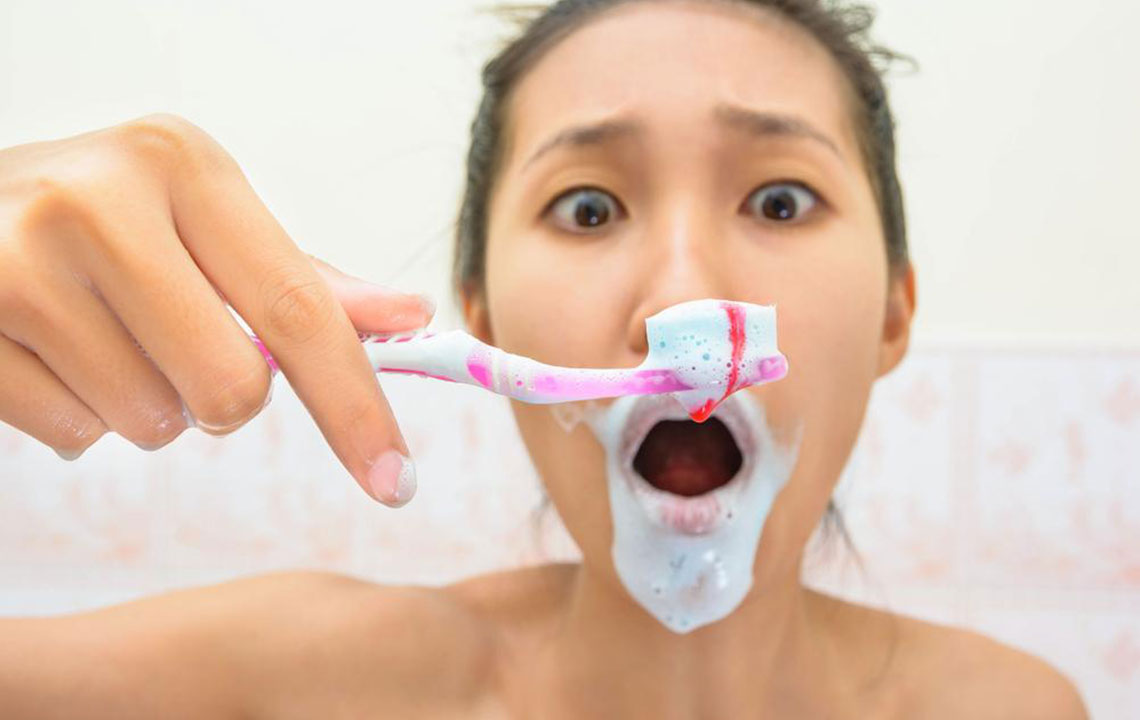Essential Strategies to Prevent Dry Sockets After Tooth Extraction
Learn effective strategies to prevent dry socket after tooth extraction. This guide highlights essential tips like maintaining oral hygiene, avoiding smoking, and choosing appropriate foods, ensuring a smooth healing process and avoiding complications.

Effective Methods to Avoid Dry Sockets Following Tooth Removal
Extracting teeth, particularly wisdom teeth, is a routine dental procedure. Most patients recover without issues, but a small percentage—around 2% to 5%—may experience dry socket, a painful complication. After extraction, a blood clot forms in the empty socket to aid healing; if this clot is dislodged prematurely, dry socket can develop, exposing bone and nerves, causing pain, foul odor, and unpleasant taste. Symptoms may also affect the ears, face, or neck.
To reduce the chances of dry socket, consider these precautions:
Maintain gentle oral hygiene by brushing carefully and flossing to clear debris from the socket area.
Use any prescribed medicated mouthwash to promote healing.
Rinse with warm saltwater after meals to control bacteria.
Avoid touching the extraction site unless removing gauze, following your dentist’s advice.
Refrain from smoking and using straws for at least 24 hours after surgery.
For the initial days, consume soft foods such as soups and mashed vegetables, steering clear of hard, crunchy foods.
Limit intake of sugary, carbonated, and fruit juices during recovery.


